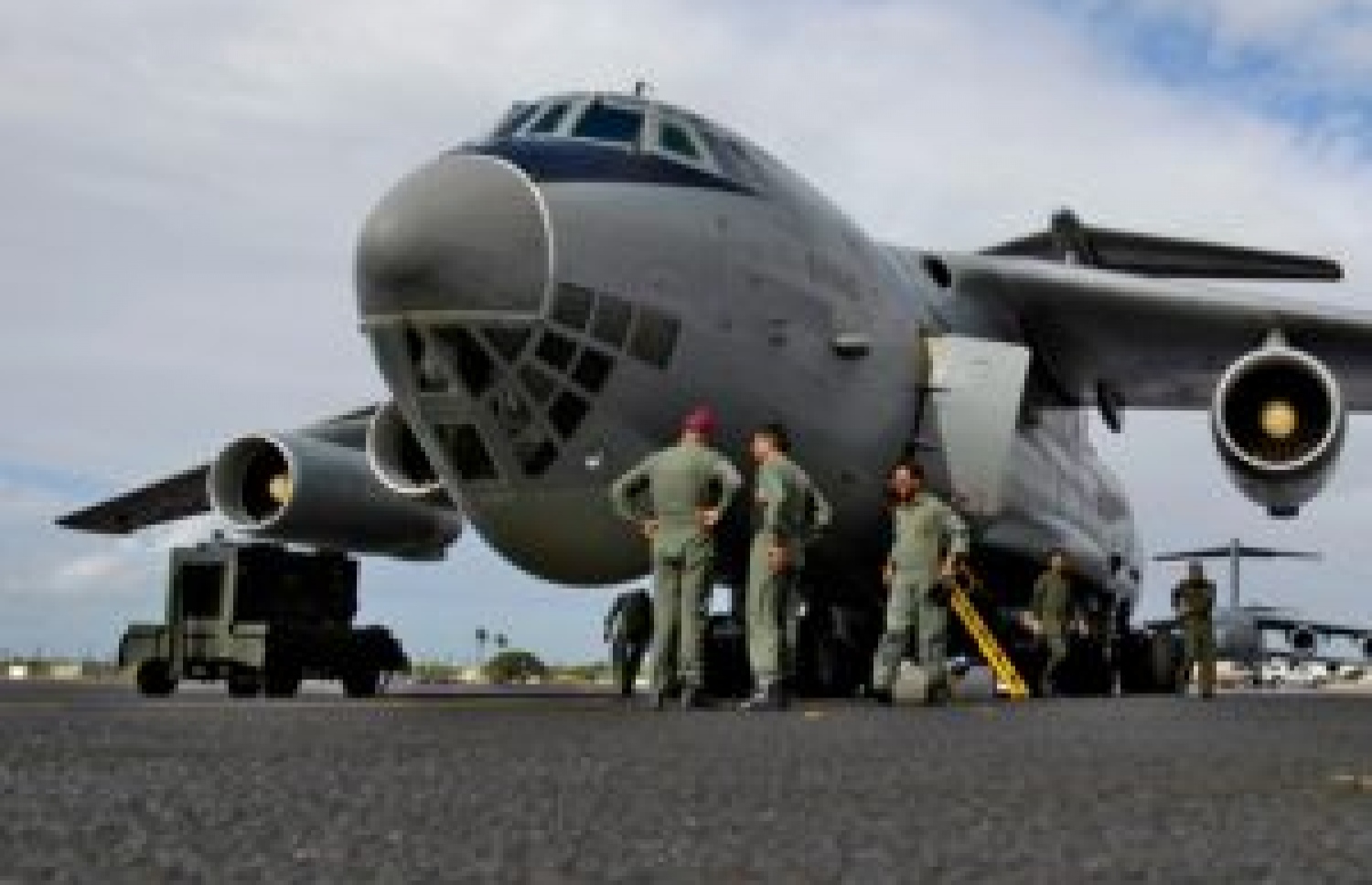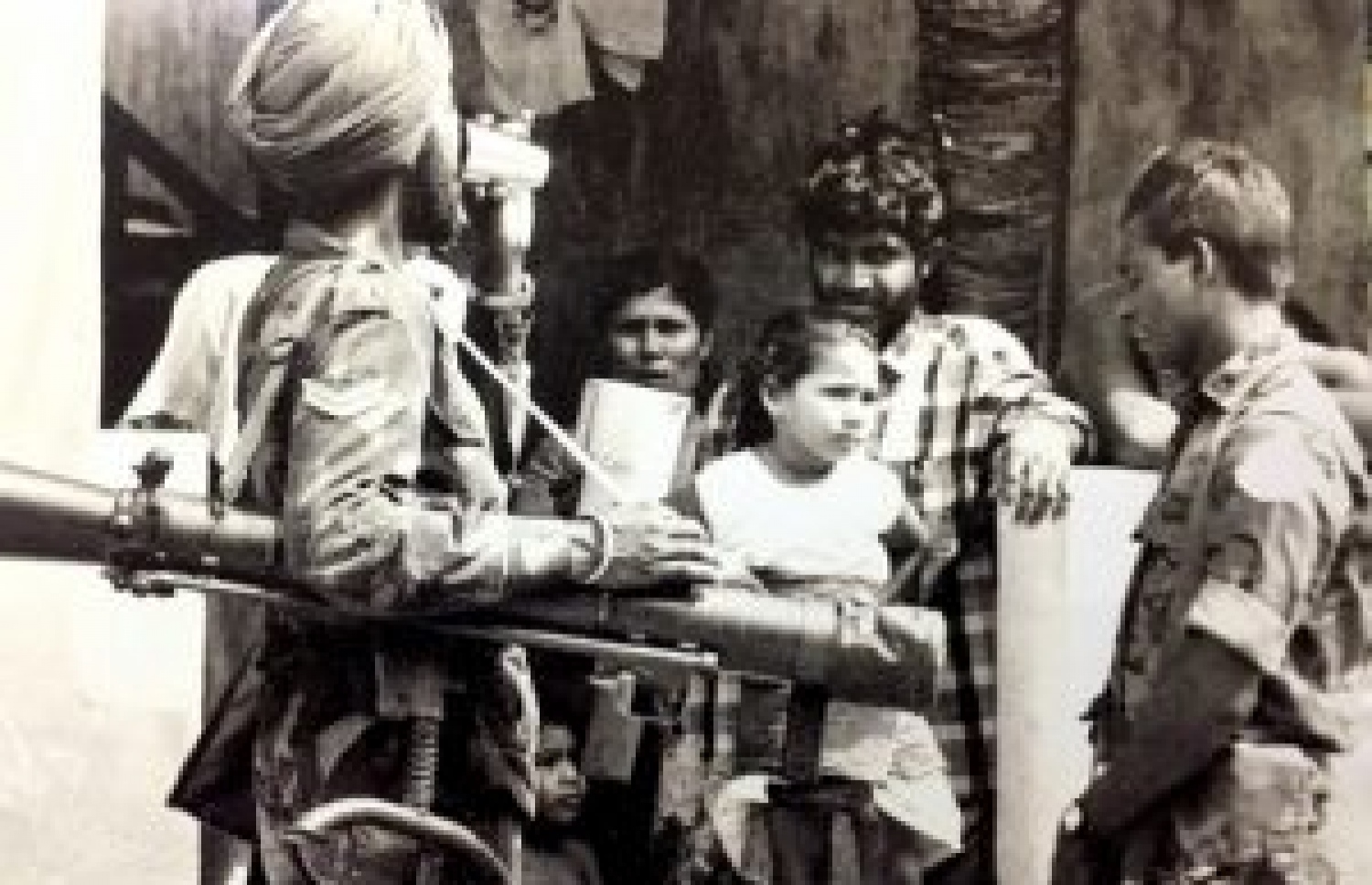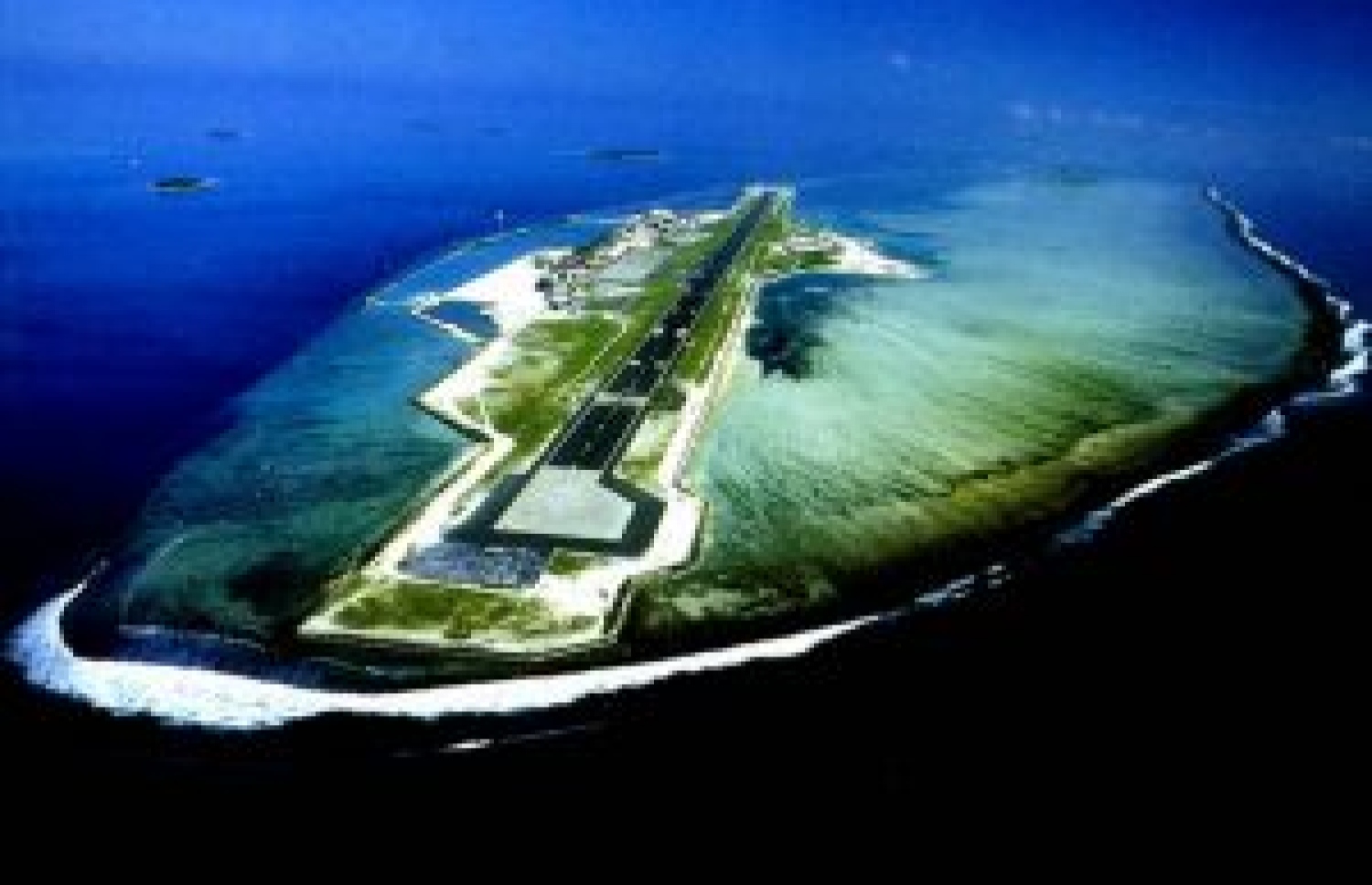(Continuation from Part 1)
The incessant change of plans over the lack of valid intelligence regarding the situation of the Maldives capital deferred the Indian army’s departure from Agra by over five hours since the Maldives’ government pleaded India for military backup. The Indian Army had also received a tip-off that the Sri Lankan mercenaries occupying Male might be in possession of weapons that could attack aircrafts.
At 12:30 p.m. the 50th Independent Parachute Brigade began to gather by the three aircrafts prepared by the Indian Air Force’s No. 44 Squadron. It was then that squadron pilots and crew, who had been at the ready since the order came from the Control Room, understood that their mission was to carry Paras to a destination ordered by the Command.
All the soldiers of the Parachute Brigade chosen for Operation Cactus were assembled with the squadron at the runway two hours later. The troops included the No. 6 Parachute Regiment in the lead and the No. 17 Parachute Field Regiment of the Kheira Air Force base in Agra.
The final discussions of the mission took place between the commanders an hour later. Dilemmas rose over issues such as whether to land at main airport island Hulhule or deploy the Paras with parachutes over Male or Hulhule. They also were not adequately informed of whether a large expanse of bare land existed in Male where their Paras could safely land.
Moreover, the Indian forces lacked sufficient information regarding the identity of the enemies, leaving them to ponder whether the mercenaries hailed from the African peninsula or the Middle-East or South Asia.
Decision to land at Hulhule airport
Based on the scarce intelligence they received, the mission commanders eventually concurred that not only capital Male lacked a bare plot large enough for the Paras to land, but the danger of terrorists attacking the Paras during the landing was also too high to risk.
The talks turned next to the possibility of deploying the Paras over Hulhule airport. However, this prospect faced them with another great challenge. The season in the Maldives at that time meant that winds over Hulhule reached 20 kilometres per hour from the west, which would necessitate the Paras to jump three kilometres west of the airport. There was also the high risk of the Paras missing the prominently narrow island and landing in the ocean, which would spell doom for the soldiers as they would certainly drown under the weight of their heavy weapons.

Considering all those risks, not to mention having no way to transmit information of wind speed and direction over the Male region to their aircrafts, it was ultimately decided that the Indian Air Force would land their military carriers directly in Hulhule airport. They were aware that the airport was still under the control of Maldivian military. What remained uncertain was whether or not the mercenaries would later siege Hulhule.
Scheduled for take-off at 5:45 p.m., the three aircrafts were fuelled up with 60 tonnes of jet fuel each and then loaded with the necessary weaponry and other equipment. The final route was from Agra to Hulhule, where the aircrafts would unload all its passengers and equipment as hastily as possible, and immediately return to Trivandrum in the south of India.
After the three military aircrafts of No. 44 Squadron took off from Agra Airport, the final plans for Operation Cactus were formulated inside flight number K-2878. The aircrafts then were travelling between Hyderabad and Bhopal. The greatest assurance for the Parachute Brigade at that time was that Colonel Subhash Joshi had managed to conduct a rehearsal in Agra Airport of how the brigade would split up when they reached Hulhule.
They were also reassured by the presence of the then High Commissioner of India in the Maldives, Ambassador A. K. Banerjee, who accompanied them to Male. The commanders gathered vital information concerning Hulhule’s runway and the island’s layout from him, as well as the important structures of Male and its road system. That was so that the soldiers could immediately locate and protect the president upon arriving in the capital.
Flying at an altitude of 37,000 feet, the aircrafts encountered some major turbulences between the cities of Bangalore and Trivandrum, which caused great hindrances to the Dassault Mirage fighter crafts and AN-32 transport crafts accompanying the squadron’s military carriers.

The squadron also decided not to give notice of their flights above Trivandrum to the city’s Air Traffic Control (ATC) tower in Trivandrum International Airport. Though the route between the city and Male falls under the jurisdiction of Trivandrum’s ATC, the squadron reckoned it was better not to risk the possibility of the mercenaries in Male, or their suspected allies in India, spying on transmissions which would give away Operation Cactus.
Hence, the squadron’s pilots had nothing but their own senses to rely on in the falling darkness from Trivandrum onwards. Keeping an eye on the flashing lights of aircrafts in the distance while tapping into their radio frequencies to listen in on the transmissions to Trivandrum ATC, the squadron pilots were able to determine air traffic activity between Trivandrum and Male.
With 20 minutes left until their landing at Hulhule, the aircrafts contacted their air base in Agra to impart the latest information of their flight. And then their descent began.
At 9:25 p.m. India time on November 3, the military aircrafts made first contact with Hulhule Air Traffic Control tower. They sent their transmissions back and forth using a secret code.
Their plan was for the leading aircraft to do a flyby over Hulhule while the two others following made the landing. The call signs of the latter duo were “Friendly One” and “Friendly Two” while the assigned password was “Hadhiya” (“Gift” in local Dhivehi language).
At a distance of 25 kilometres from Hulhule, the aircrafts transmitted a request for Hulhule to turn on the airport runway lights. The pilot captains had earlier aligned their crafts with the runway using their navigation systems. Upon receiving the request, the runway lights were turned on for exactly ten seconds before plunging the airport back into darkness. That short gap of ten seconds was all that was provided for the pilots to confirm their alignment with the runway strip.

The skilled No. 44 Squadron would have to land their military aircrafts in Hulhule airport in the pitch black of night. There was nothing that could differentiate the narrow runway strip from the vast ocean surrounding the island for the naked eye.
As the aircrafts descended in the overpowering darkness, the pilots could not be completely certain of the runway’s exact position. While knowledge of the surrounding landscape is imperative to make changes to aircraft altitude, the only things the pilots could rely on were their radars’ crude colours depicting the surrounding lagoon and reefs of Hulhule.
Yet the huge responsibility weighing down on their shoulders would not allow anything but a successful landing on their first try. There was no time to wait for a more suitable situation for a landing, nor a chance to make one round around the island prior. The only contrast to the black outside their cockpits was the handful of street lights dotting Male and a few areas of Hulhule.
Hence, the commander of the 6 Para, Colonel Joshi, took up his position so that he had a clear view of Hulhule allowing him to determine any last minute changes that should be made during the landing. Apart from the quiet dialogues between the pilots, engineers and navigation officers, there was nothing but silence aboard the aircrafts.
As the No.44 Squadron began their descent to Hulhule after a journey of 3000 kilometres from Agra, the commanders could only wonder if their mission was proceeding for better or worse.
What were the chances of a surprise attack the moment they landed?
(Final Part)